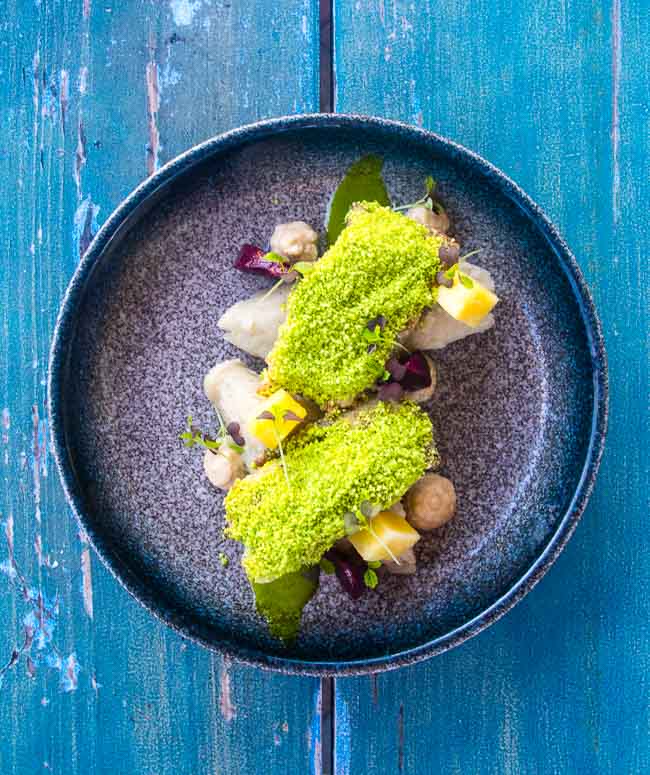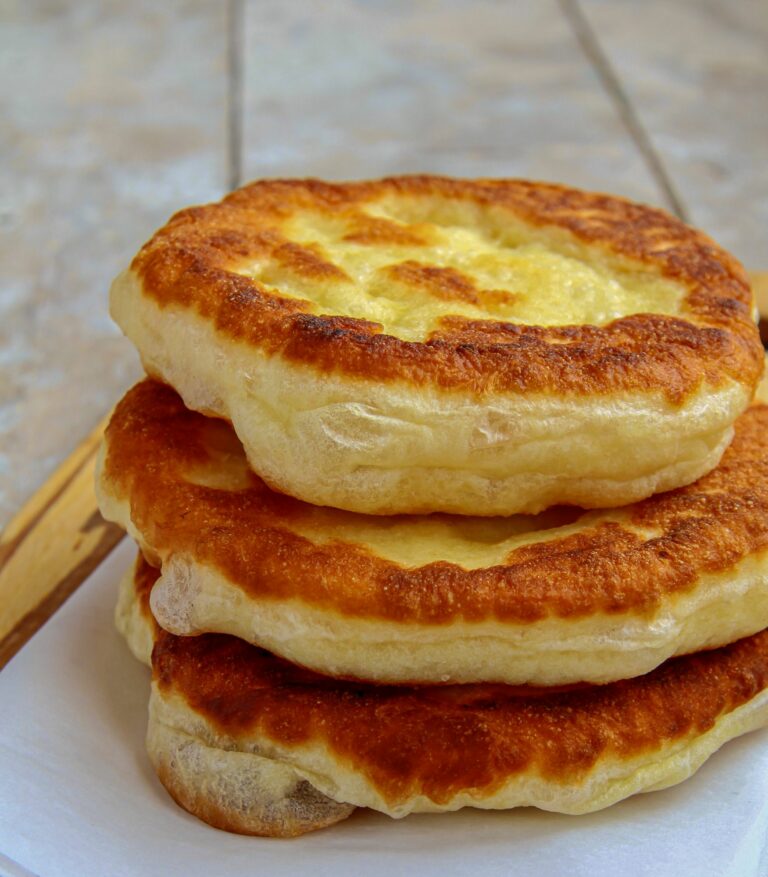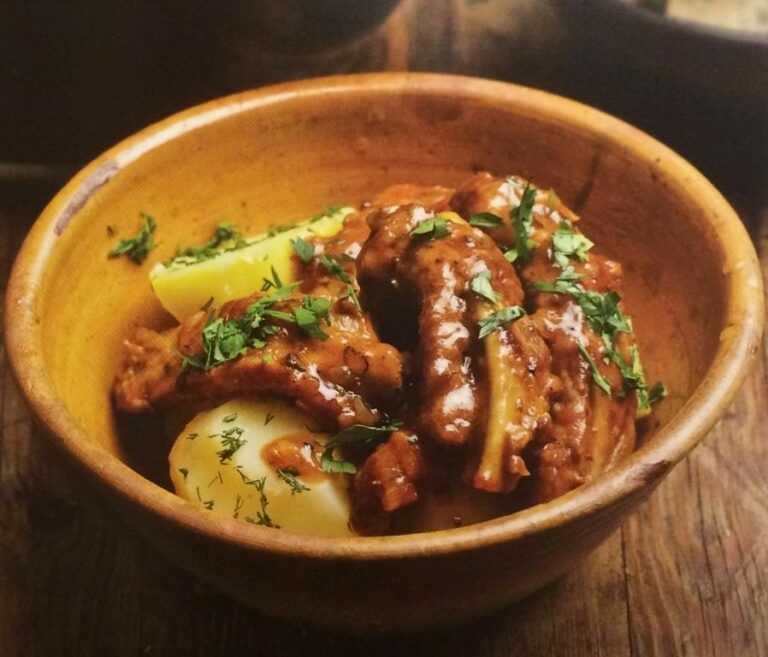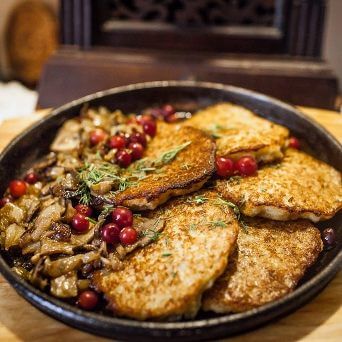Introduction
Barbadian cuisine is a unique blend of African, Indian, and British flavors that has developed over centuries. With its rich history and cultural diversity, Barbadian food offers a range of delicious dishes to try. Whether you’re a local or a tourist, exploring the Barbadian culinary scene is an experience not to be missed.
Cuisine of Barbados
Barbadian cuisine is influenced by the island’s history, with African, Indian, and British flavors blending together to create a unique culinary experience. Some of the signature dishes of Barbadian cuisine include flying fish, cou-cou, macaroni pie, and pudding and souse. Pudding and souse is a dish made with pickled pork and sweet potato pudding, while macaroni pie is a baked dish similar to a mac and cheese casserole. Cou-cou is a cornmeal and okra dish that is often served with flying fish, which is the national dish of Barbados.
Best Barbadian restaurants in [city]
If you’re looking for a taste of Barbadian cuisine in [city], there are several restaurants that come highly recommended. Some of the best include [Restaurant A], [Restaurant B], and [Restaurant C]. These restaurants serve a range of traditional Barbadian dishes, as well as international cuisine with a local twist.
Top-rated Barbadian restaurants in [city]
For those looking for the best of the best, there are several top-rated Barbadian restaurants in [city]. [Restaurant D], [Restaurant E], and [Restaurant F] are all highly recommended by locals and tourists alike for their excellent food and service.
Authentic Barbadian dishes to try
No visit to a Barbadian restaurant would be complete without trying some of the authentic dishes. In addition to the national dish of flying fish and cou-cou, there are several other must-try dishes. These include pepperpot, a spicy stew made with meat and vegetables, and fish cakes, which are fried balls of spiced salt cod.
Vegetarian/Vegan options at Barbadian restaurants
While many Barbadian dishes include meat or fish, there are also several vegetarian and vegan options available. Cou-cou can be made without the flying fish, and there are often vegetable curries and salads on the menu. It’s always a good idea to ask the server for recommendations or to let them know about any dietary restrictions when ordering.
Tips for dining at Barbadian restaurants in [city]
When dining at a Barbadian restaurant in [city], it’s important to keep in mind a few tips. First, be prepared for a leisurely meal – Barbadian cuisine is meant to be savored and enjoyed. Second, dress code can vary depending on the restaurant, so it’s always a good idea to check ahead of time. Finally, be sure to try the rum – Barbados is famous for its rum, and many restaurants serve signature cocktails featuring local spirits.
Conclusion: Enjoying Barbadian cuisine in [city]
Exploring the Barbadian culinary scene in [city] is a must for anyone looking to experience the island’s rich history and cultural diversity. With a range of traditional dishes and international cuisine with a local twist, there’s something for everyone. So, whether you’re a first-time visitor or a local looking for a new dining experience, be sure to check out some of the best Barbadian restaurants in [city].

![Can you recommend some Barbadian restaurants in [city]?](https://foodnerdy.com/blog/wp-content/uploads/2023/05/a7ecdb6e08482f86c5d3acaf2d2a66a7.jpg)
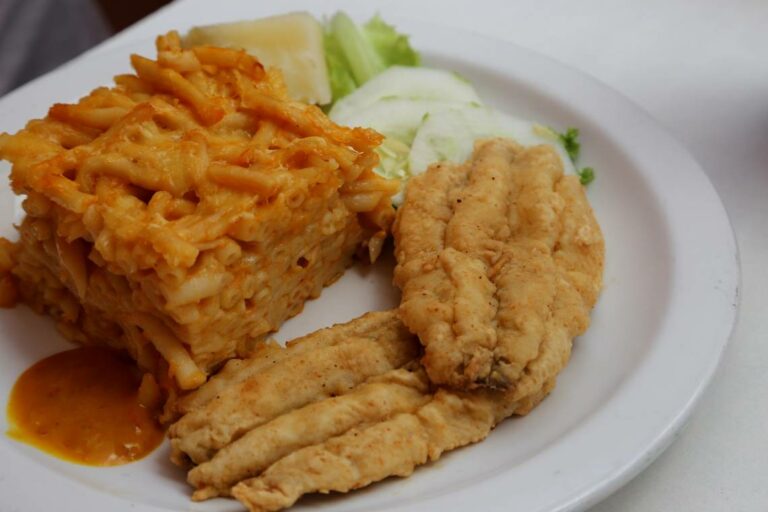
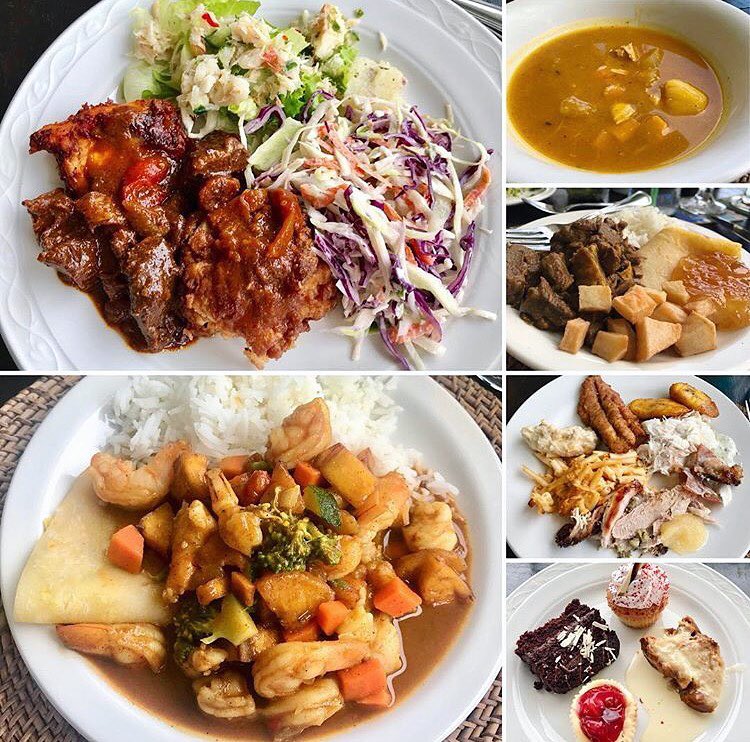

![Can you recommend some Belarusian restaurants in [city]?](https://foodnerdy.com/blog/wp-content/uploads/2023/05/Без-названия-1-16.jpg)
